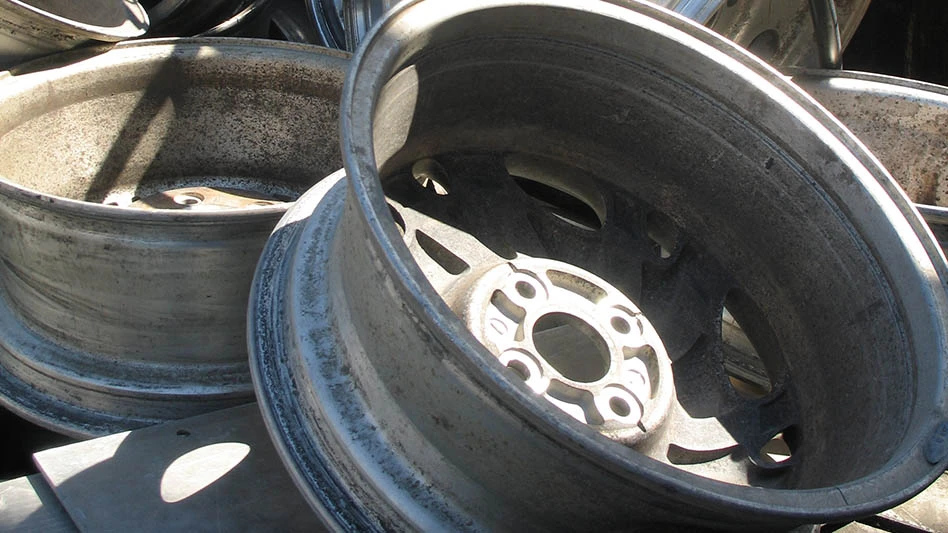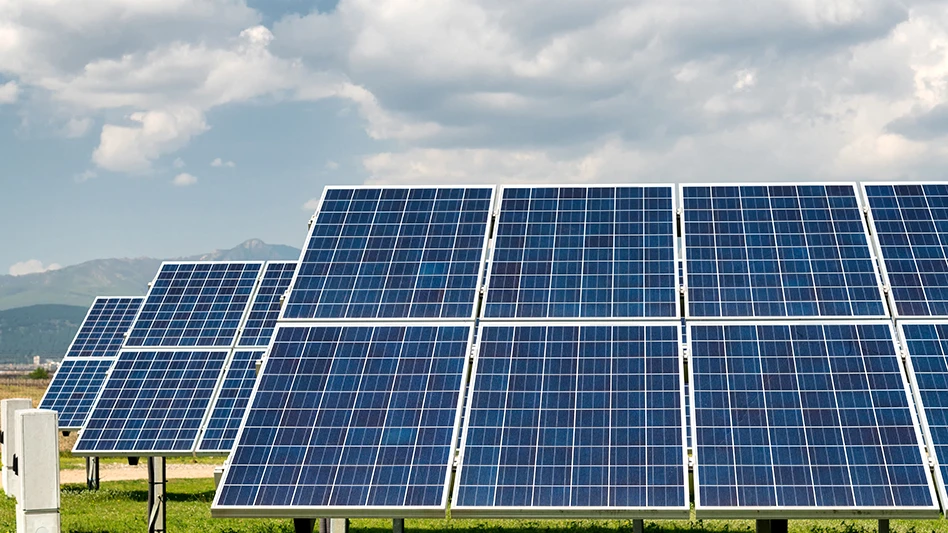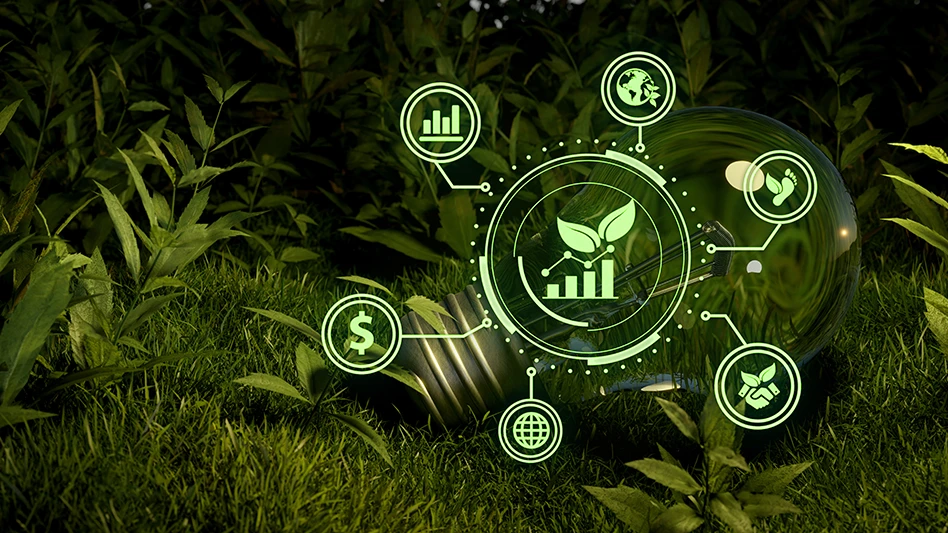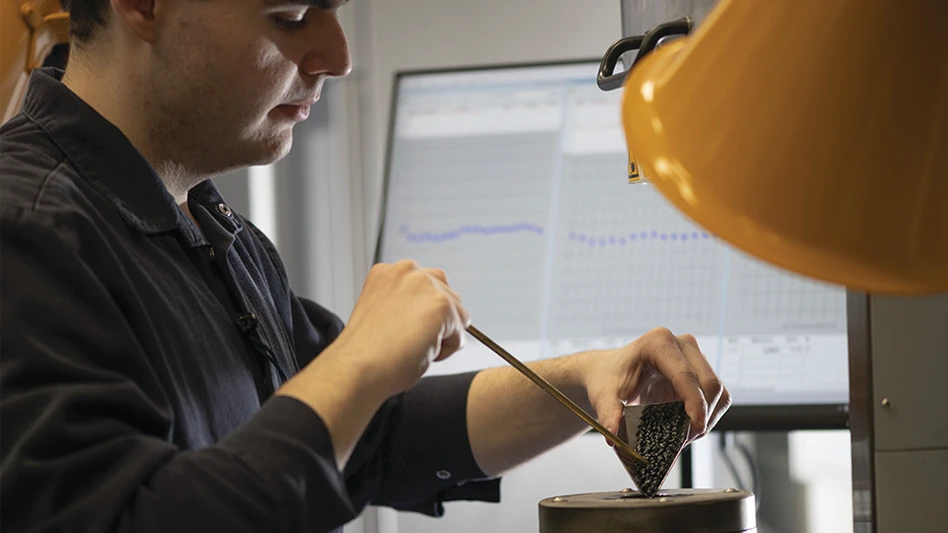
Most companies that embrace the concept of sustainability in their operations emphasize recycling and other waste diversion tactics. Kimberly-Clark, headquartered in Irving, Texas, has expanded this emphasis across the company’s value chain, says Joel
“Our approach to waste and recycling is to extend our zero waste mindset across the value chain and deliver innovations that help keep product and packaging materials out of landfills,” he says. “We understand the value of materials in our product categories and seek secondary, beneficial uses of these materials from source to shelf—and beyond.”
Kimberly-Clark’s Sustainability 2022 key goal in the area of waste and recycling is identifying and deploying solutions to avoid or divert 150,000 metric tons of finished product and packaging from landfill.
Opsteen adds, “Also, we have a goal to divert 100 percent of our total waste from landfill.”
The company is well on its way to achieving its second goal, he says, noting that as of the end of 2017, the second year of its Sustainability 2022 program, Kimberly-Clark diverted 96 percent of its total waste.
To reach this level of diversion, Opsteen says, Kimberly-Clark has focused on the following areas:
- adopting cradle-to-cradle principles in design and manufacturing and driving net basis weight reduction and material innovation;
- diverting manufacturing and postconsumer waste from low- value outlets, such as landfills, to
higher value, beneficial uses; - improving customer education on disposal options; and
- enabling value networks to benefit the company and its partners.

Within its operations
Kimberly-Clark has 83 manufacturing facilities in 37 countries. More than 30 percent of those facilities, Opsteen says, are landfill-free as of early 2018. He adds, “Our manufacturing waste program references a globally recognized zero waste to landfill standard that includes all wastes and recyclable materials generated at both manufacturing and nonmanufacturing facilities.”
Kimberly-Clark expanded its diversion program in 2016 to include its nonmanufacturing facilities. The company also ended its previous exemptions for boiler ash, deinking
“Most of our polypropylene-based nonwoven fabrics and tissue-based waste streams can be recycled back into our manufacturing processes,” Opsteen says. “For those waste streams that cannot be reused, we apply best practices to minimize disposal costs and optimize recycle value.”
To ensure optimal diversion within its operations, Opsteen says Kimberly-Clark monitors waste metrics for each of its manufacturing facilities, offices and distribution centers monthly. “Data is analyzed and projects are identified for waste streams going to landfill or otherwise undervalued,” he adds.
It’s a true team effort, with the company’s mill teams working with corporate resources to address challenges related to disposal or recycling.

“There is also an EHS (environmental health and safety) Assessment Program that physically checks each location against our EHS performance standards,” he says. “The solid waste performance standard includes expectations for environmental compliance, landfill diversion
“It is the ongoing data analysis and prioritization of waste streams by location that drives our diversion success,”
Recycling activities are managed at the global or central level as well as regionally at Kimberly-Clark. “In the U.S., for example, there are central resources managing the sale of secondary materials from our manufacturing facilities, distribution centers
When it comes to sourcing recycled feedstock for its manufacturing processes, recycled fiber is an important part of Kimberly-Clark’s strategy, he says. “Recycled fiber accounts for 23 percent of our total fiber use globally in all Kimberly-Clark products and 28 percent of our tissue products.”
Opsteen adds that the company’s goal is to use 90 percent environmentally preferred fiber, which Kimberly-Clark defines as Forest Stewardship Council-certified virgin fiber, recycled fiber
While recycling’s benefit to the bottom line at Kimberly-Clark varies with the volatility of secondary materials markets, he says the company’s goal is to reduce its disposal costs by searching for higher value solutions for its secondary materials. Kimberly-Clark generated nearly twice as much revenue from the sale of its recyclables than it spent on waste disposal during its previous Sustainability 2015 program, which ran from 2011 to 2015. However, Opsteen adds, “With the more recent downturn in the recycled plastic markets, we have seen that change dramatically in the last couple years, but we still sell more than we pay for disposal.”

In partnership with consumers
In addition to reducing its manufacturing and office waste, Kimberly-Clark seeks to increase the diversion of its products and packaging at the end of their lives through its Sustainability 2022 program. To that end, the company participates in several initiatives designed to increase recycling.
RightCycle by Kimberly-Clark Professional was launched in 2011. Opsteen says it is “the first large-scale recycling program for
In its first year, the program diverted less than 2 tons of material. By 2017, that figure had grown to more than 500 tons.
“The RightCycle program is driving circular models in our business and driving value for our customers that
In Australia and New Zealand, Kimberly- Clark has partnered with RED Group of Melbourne, Australia, to start REDcycle, a voluntary, industry-led initiative. According to the REDcycle website, the program is a “true product stewardship model where manufacturers, retailers
Opsteen says more than 500 drop-off points across the two countries collect these materials.
In Costa Rica, the company has partnered with Teletica, a television network, to establish the

Educating consumers
Kimberly-Clark has prioritized improving consumer education surrounding disposal options in its Sustainability 2022 program. To support that goal, Opsteen says the company participates in the How2Recycle Label in the U.S. and the On-Pack Recycling Label in the U.K., which “provide simple, consistent recycling instructions for packaging to consumers.”
More than 1,000 packages in North America from Kimberly-Clark brands, including Huggies, Kleenex
“The How2Recycle Label is valuable as it provides a simple, consistent recycling instruction to consumers,” Opsteen says. “The label also helps Kimberly-Clark divert materials like flexible (soft) plastic packaging through retail store drop-off locations that are typically not accepted through normal curbside (blue bin) pickup.”
Kimberly-Clark also funds The Recycling Partnership, offering the company a means through which it can make a meaningful impact on recycling and the environment, he says. “They help bridge the gaps between the communities and the industries that benefit from recycling by creating campaigns that power local recycling programs, innovate to improve recycling systems and help solve and energize curbside recycling problems.”
Whether recycling in its own operations or engaging with its consumers to encourage recycling of its products and packaging, Kimberly-Clark says its commitment to sustainability has long been a priority.
In a Q&A on the company’s Sustainability 2022 website, www.sustainability2022.com, Opsteen says, “In my opinion, there’s really no such thing as waste. We see each byproduct as a valuable resource for either our own use or the use of someone else in the marketplace. If we don’t need it, someone else does. So, whether it’s the materials we put into products, the packaging or the leftover material from manufacturing, we’re always trying to get it into the highest value opportunity we can.”

Explore the April 2018 Issue
Check out more from this issue and find your next story to read.
Latest from Recycling Today
- New recycling grant program launches in Massachusetts
- Tire Recycling Foundation names executive director
- Dock 7 named 2025 Exporter of the Year at New Jersey International Trade Awards
- Waste Connections reports ‘better than expected’ Q1 results
- Commentary: How EPR is transforming the packaging industry
- Acerinox names new North American Stainless CEO
- Greenwave closes 2024 books with red ink
- Steel Dynamics nets $217M on record shipments





